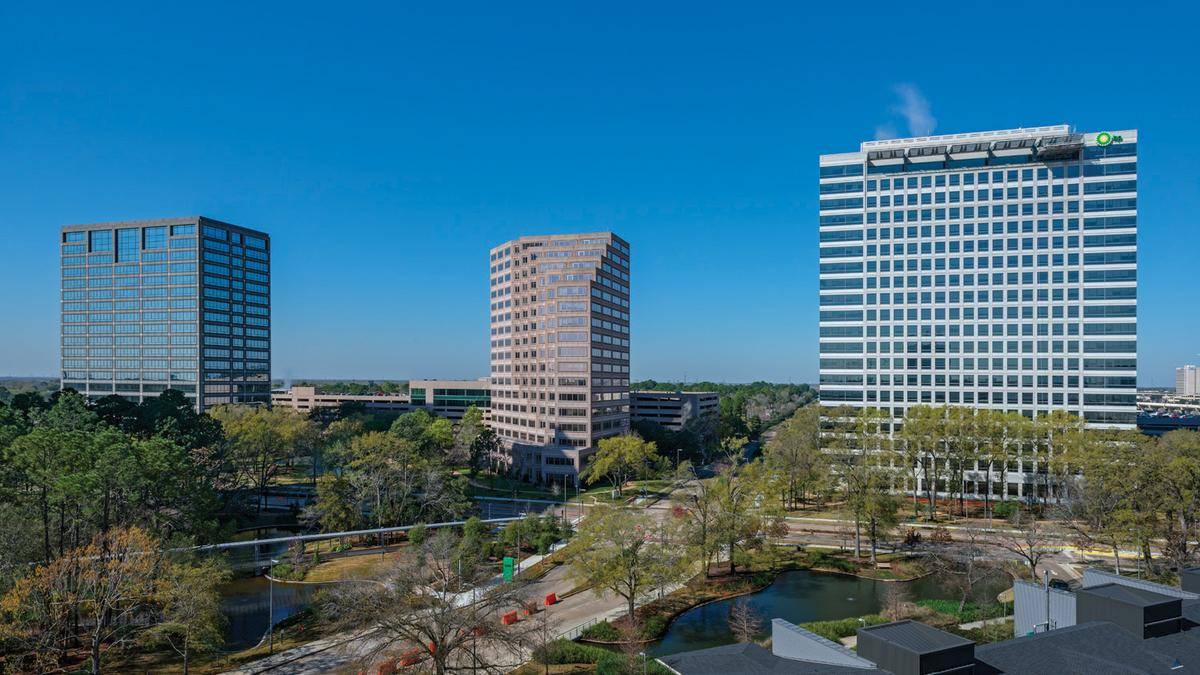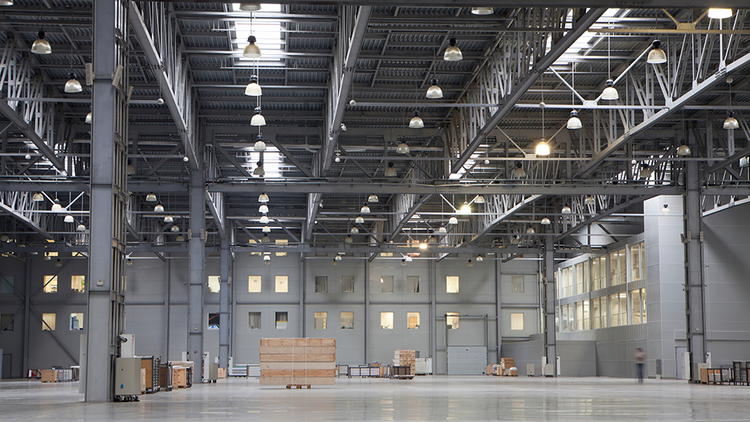A slew of factors – the city’s booming petrochemical business, more demand from distribution users and even Hurricane Harvey – have all contributed to Houston’s robust pipeline of industrial leases signed so far in 2017.
The 10 largest industrial leases signed in Houston in 2017 as of Oct. 17 account for nearly 4 million square feet of leased space.
A slew of tenants – retailers, third-party logistics companies, a global automotive brand and plenty of companies tethered to the energy and petrochemical industries – fueled the city’s biggest deals. And while the Port Houston area absorbed many of the leases, there were plenty of deals closed in the northwest Houston area.
Click to read more at Houston Business Journal.








